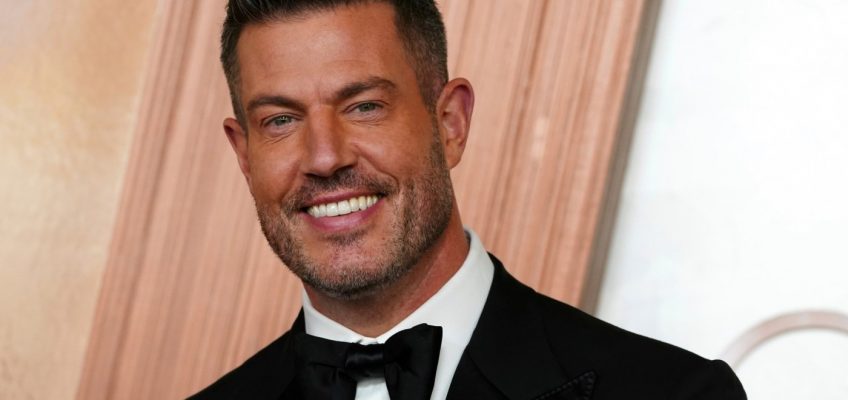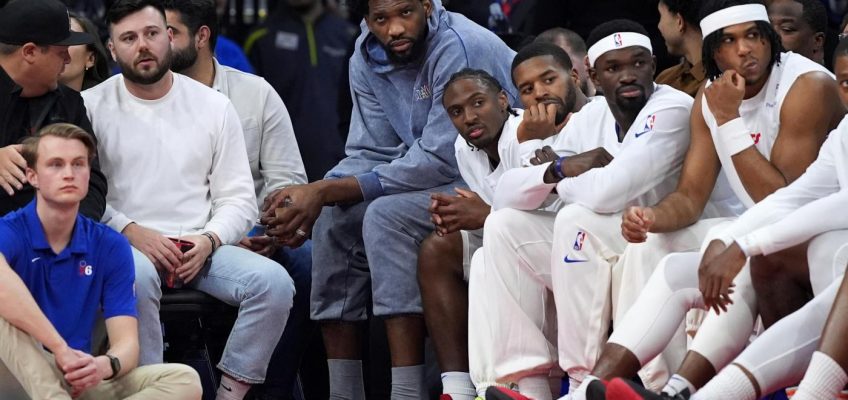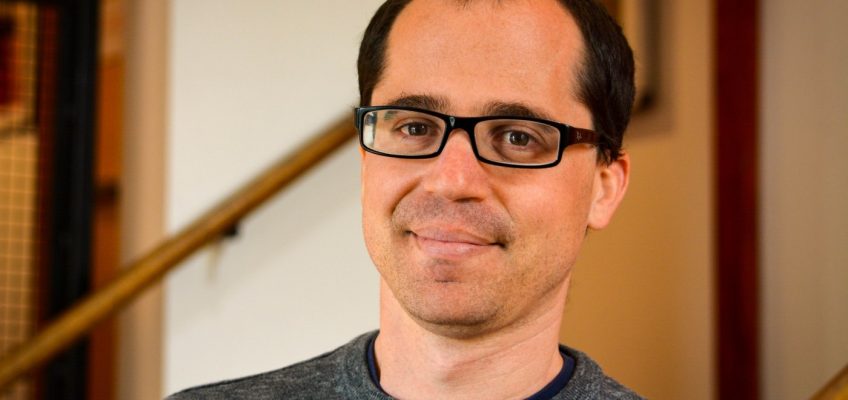By LEANNE ITALIE, Associated Press
NEW YORK (AP) — Mikey Madison, Timothée Chalamet, Danielle Deadwyler, Ariana Grande and Cynthia Erivo. The list of celebrities with red carpet wow momentum at the Oscars is long.
Julianne Hough kicked things off Sunday in an elegant light beige ethereal look straight off the Christian Dior spring 2025 runway.
The 97th Oscars come less than two months after the devastating Los Angeles fires subdued carpet dressing for a time. As the city moves into rebuild mode, stars have been upping their fashion games heading into the biggest awards night of the season.
Julianne Hough arrives at the Oscars on Sunday, March 2, 2025, at the Dolby Theatre in Los Angeles. (Photo by Jordan Strauss/Invision/AP)
Some are notable for playing it glam but safe.
Like Margot Robbie’s Barbie pink, Grande has been mostly sticking to a far paler hue, her signature and an homage to her “Wicked” good witch, Glinda. Castmate and carpet bestie Erivo has always taken fashion risks. She ditched her Elphaba black for last week’s Screen Actors Guild awards, opting for a silver Givenchy look with a high shaggy collar worthy of her bad witch role.
Chalamet has been all over the place on carpet dressing as he navigates his Bob Dylan attention from “A Complete Unknown.” At the SAGs, he married a bright brat green button-up shirt from Chrome Hearts with a shiny black leather suit and a bolo tie as he continues to channel the real-life icon he plays.
Deadwyler is a risk-taker, too. She wore a bright red strapless 3D structured tiered gown from Louis Vuitton at the SAGs.
Some planning to attend as nominees and presenters have generated fashion buzz for different reasons. Jeremy Strong wore a mint green velvet Loro Piana suit with a bucket hat in the same color to the Golden Globes. His white turtleneck topped it all off. He’s nominated for supporting actor at the Oscars.
Related Articles
Watch live as stars arrive at the Oscars 2025 red carpet
Forget the pundits — here’s what ought to win at the Oscars. And what should have gotten a chance.
Make your Oscars predictions — and see how they compare to expert picks
How to watch the 2025 Oscars on Sunday
Everything to know about the 2025 Oscars on Sunday
At the SAGs, strong wore a different shade of green. It was a dusty green for a custom Haans Nicholas Mott suit with satin shawl lapels. He wore it with a bowtie.
Madison, a new fashion darling, was among several stars to go vintage at the recent dinner for Oscar nominees. The star of “Anora” wore a dark blue velvet gown by Bill Blass from 1987. She collected a BAFTA award earlier this month in a custom Prada in ivory, accessorizing with a long matching stole and a vintage Tiffany & Co. diamond necklace.
She also went Hollywood bombshell at the SAGs with a strapless silver Louis Vuitton look with a large pleated bow at the waist. She’s been working with stylist Jamie Mizrahi, who has dressed Adele and Jennifer Lawrence, among many other celebs.
Mario Lopez arrives at the Oscars on Sunday, March 2, 2025, at the Dolby Theatre in Los Angeles. (Photo by Jordan Strauss/Invision/AP)
Kensington Tallman arrives at the Oscars on Sunday, March 2, 2025, at the Dolby Theatre in Los Angeles. (Photo by Richard Shotwell/Invision/AP)
Quenlin Blackwell arrives at the Oscars on Sunday, March 2, 2025, at the Dolby Theatre in Los Angeles. (Photo by Richard Shotwell/Invision/AP)
Bowen Yang, center, and Matt Rogers arrive at the Oscars on Sunday, March 2, 2025, at the Dolby Theatre in Los Angeles. (Photo by Richard Shotwell/Invision/AP)
Julianne Hough arrives at the Oscars on Sunday, March 2, 2025, at the Dolby Theatre in Los Angeles. (Photo by Jordan Strauss/Invision/AP)
Nic Kaufmann arrives at the Oscars on Sunday, March 2, 2025, at the Dolby Theatre in Los Angeles. (Photo by Richard Shotwell/Invision/AP)
Amelia Dimoldenberg arrives at the Oscars on Sunday, March 2, 2025, at the Dolby Theatre in Los Angeles. (AP Photo/Jae C. Hong)
Nischelle Turner arrives at the Oscars on Sunday, March 2, 2025, at the Dolby Theatre in Los Angeles. (AP Photo/Jae C. Hong)
Wolfgang Puck holding a statuette arrives at the Oscars on Sunday, March 2, 2025, at the Dolby Theatre in Los Angeles. (Photo by Jordan Strauss/Invision/AP)




